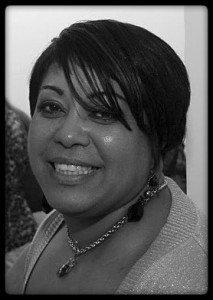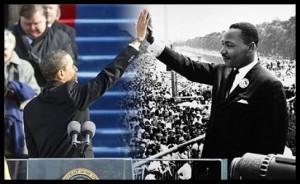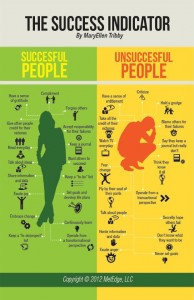You see the ads in every bathroom around campus urging students to help a friend or even themselves. The conversation has already been initiated, but many still ignore the invitation. Popular rapper Rick Ross was recently ridiculed for some choice lyrics many exclaimed as promoting sexual assault, while many more came to his defense.
In the song “U.O.E.N.O,” Ross raps: “Put molly all in her champagne, she ain’t even know it. I took her home and I enjoyed that, she ain’t even know it.” If that doesn’t cry foul, I don’t know what does. It is not about who is performing the lyrics, it’s the message those lyrics are sending; the culture mimicking those actions and the repercussions of simply wanting to be about that life.
Molly, a form of MDMA, is a date rap drug made popular recently by hip-hop artists who leisurely use the substance and have been promoting it in songs. In return, the trend has spread like wildfire and so too has the ignorance of its history and many other uses.
According to the Bureau of Justice Statistics, in recent years, approximately 91 percent of rape and sexual assault victims were female, while 99 percent of the offenders were male.
PSA: See What He Does With Passed-Out Girl
Unlike sexual harassment, which may not cross over into the realm of law enforcement, sexual assault straddles the boundary between university and local police, workplace repercussions and law enforcement making it much more complicated and not as easy to provide recommendations the way that we do for other procedures.” – Anita Levy
Rape culture is unacceptable and cannot be perpetuated in actions or speech.





 The Success Indicator is an especially good resource for college students and something I wanted to share because as young adults we are still finding ourselves, discovering our purpose and growing to accept the traits that shape our personality and marketability.
The Success Indicator is an especially good resource for college students and something I wanted to share because as young adults we are still finding ourselves, discovering our purpose and growing to accept the traits that shape our personality and marketability.